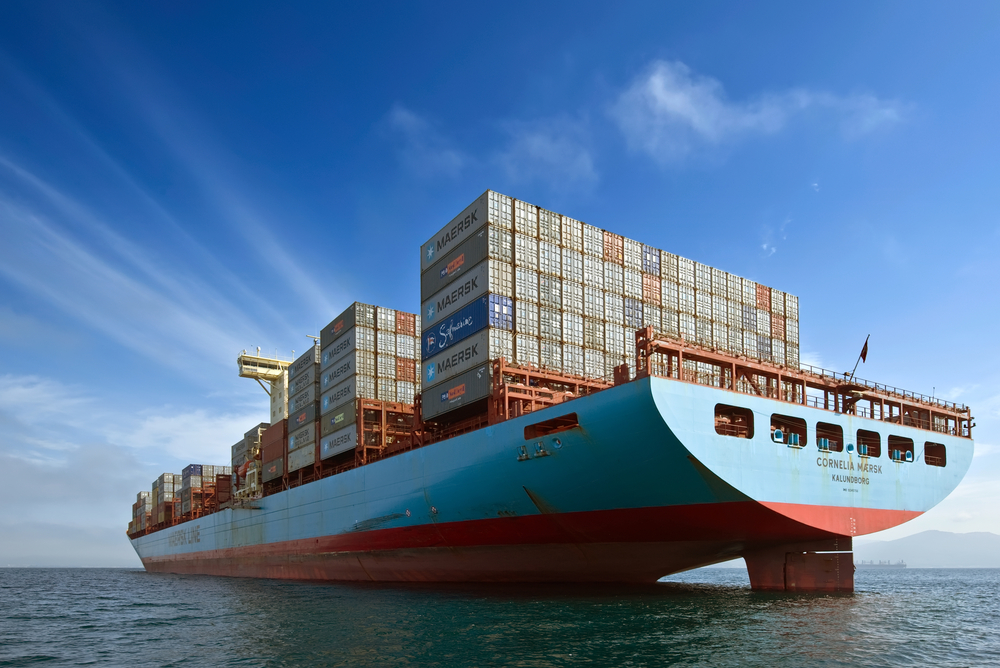If you’re a first-time exporter, or an exporter considering a new market, you can’t ignore the internet.
There has been an explosion in eCommerce and global selling over a very short period of time. Millions of users are using the internet to buy products and services, and business-to-consumer (B2C) eCommerce businesses have exploited this trend in a major way.
Businesses no longer need to rely solely on distributor agreements or access to local distribution channels, and can sell directly through a website or an online marketplace like eBay, Amazon or Etsy. The unique characteristics of the internet have lowered the traditional barriers to international market entry, and levelled the playing field for exporting firms of all sizes.
If you are business-to-business (B2B) exporter, the internet also matters. Buyers have an expectation about what they might find online about a potential new supplier, from that supplier’s own site and also from the supplier’s broader “online footprint” – references to the business, its products and services on other sites.
It can be relatively inexpensive and straightforward to set up a website or change an existing one to take account of export markets. However, research has shown that the websites of many existing and prospective exporters do not support their exporting ambitions. Specifically, they do not take account of a range of factors that are important if you want to get traction in export markets.
This guide covers some of the issues you need to consider to ensure your website supports your export drive. It should be read in conjunction with the ThinkBusiness.ie guide to planning digital export marketing campaigns.
What customers want
For most businesses, selling internationally should not just be about changing the website you have for the Irish market. Research by Nominet in the UK indicates that consumers are more likely to buy from websites that have:
- Local domain names
- Local telephone number and contact information
- Pricing in local currency
- Local payment methods
- Local testimonials
Research by Eurobarometer shows that consumers in the EU are four times more likely to buy if a website is in their native language and are more likely to respond more strongly to websites that address their specific tastes and habits. Research among B2B buyers show similar preferences.
Market-specific websites
Depending on your product or service category, it may be beneficial to develop a specific website or subdirectory of your existing website for these overseas customers. You will also need to pay particular attention to the site’s content and what’s called localisation. While a multi-lingual presence can be relatively inexpensive and straightforward to set up, it can be expensive to maintain in the medium to long term.
Having a multi-lingual web presence can mean offering every aspect of the customer experience in different languages, from ordering to fulfilment and delivery in the customers’ language. This multiplies the complexity of your business operations for every language that you add.
You need to consider the impact on your business of meeting the promise you are making to each new market, as well as the impact of failing to keep your promise. Who will answer that customer email or telephone call if it is in a language none of your staff speak or understand?
Using online marketplaces like Amazon, eBay and Etsy can reduce all this complexity for some B2C businesses, particularly if you outsource fulfilment. However, it is much harder to learn about your customers if someone else is managing the customer contact and it eats into your profit margin.
Localisation matters
Localisation is the process of adapting your product or content on your website (or printed marketing materials) to a specific market or culture. Translation of the content is one of several steps involved in localising content. Localisation can also include:
- Developing unique content for a specific market. For example, this can be through product catalogues, graphics, testimonials, terms and conditions, shipping and fulfillment information, and payment gateways
- Adapting existing layout, design and functionality of websites and other online channels (such as social media accounts) to suit the tastes and consumer habits of other markets
- Converting to local currency, units of measure, address and telephone formats
- Compliance with local regulations and legal requirements
B2B v. B2C content
The content on B2B websites tends to be very industry-specific and can contain a lot of specialised terminology and jargon. You need to make sure to use the industry standard terminology in each market otherwise your website may not rank on local search engines, nor will it be credible to your target customers.
A great way of doing this is to compile a list or glossary of all the key industry terms used in your content, and have the translated terms reviewed by an industry specialist in that target market. The glossary can then be used to translate your site content and to optimise your content for search engines.
Lengthy, highly detailed content with good provenance is usual on B2B sites. B2B users are logical and rational, and want to be educated and provided with expertise as efficiently as possible in their own language. B2B sites can be expensive to translate, as they may contain a lot of technical terms and diagrams. Translators of technical content may also charge more for work on a B2B site.
On the other hand, B2C websites should avoid jargon, buzzwords and slang. Make sure that the English language version of your website is written clearly, and where possible uses terms that are commonly understood by English speakers in other countries. This will make the website easier to use by people who do not have English as a first language, and make it easier to translate when the time comes.
B2C customers respond to emotional triggers and want to be reassured that they can trust the seller and the product they are buying. They are less interested in forming a close relationship with your business. The greater the emotional investment made by the customer in a purchase, the greater the need to localise the website content to meet the local customers’ tastes.
An important goal of B2B websites is to build close relationships with buyers. Buyers at international trade shows are very focused on who they want to meet. It is important that your website offers information that is relevant to this target audience and motivates them to make contact.
4 Action Points





